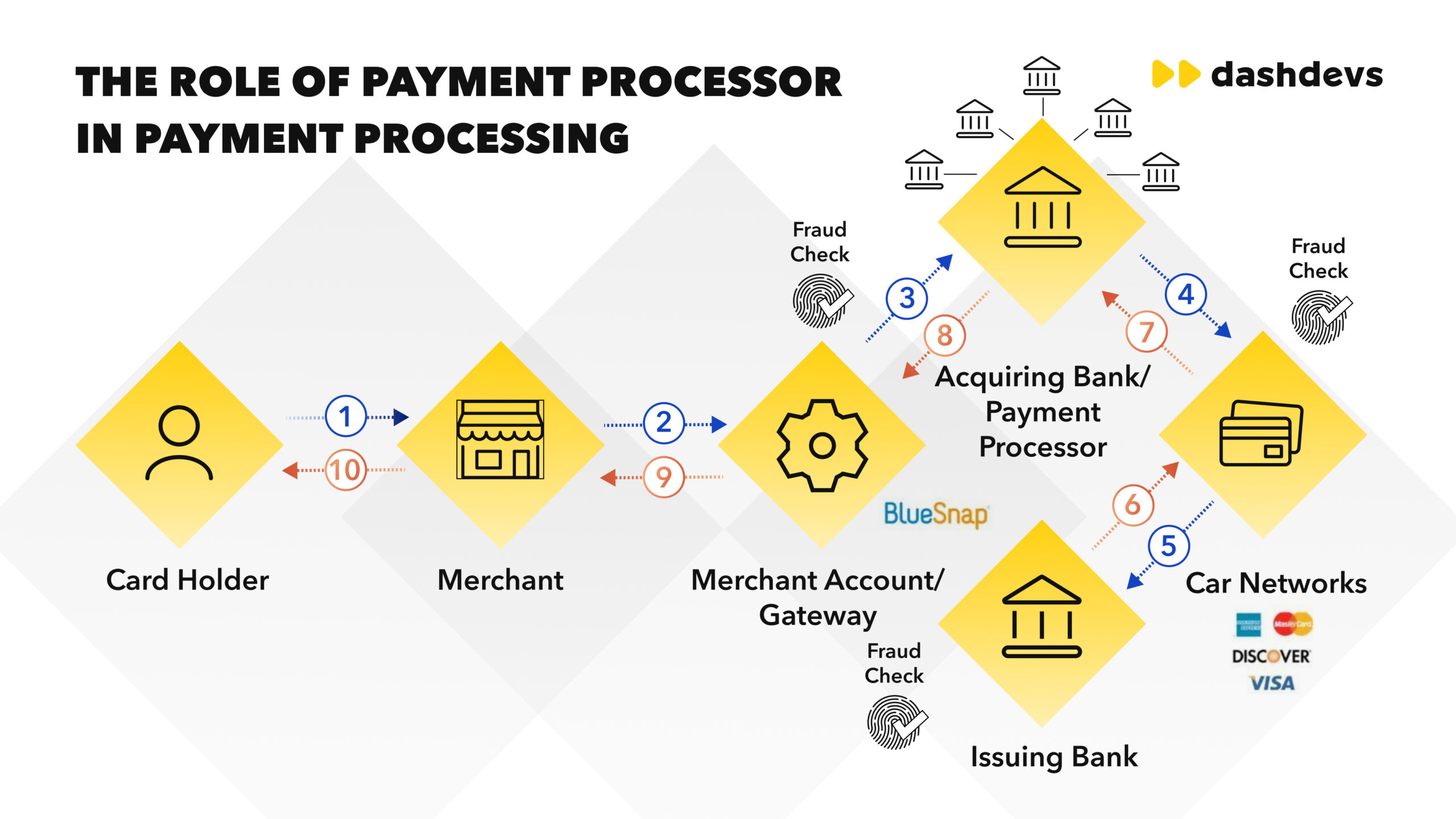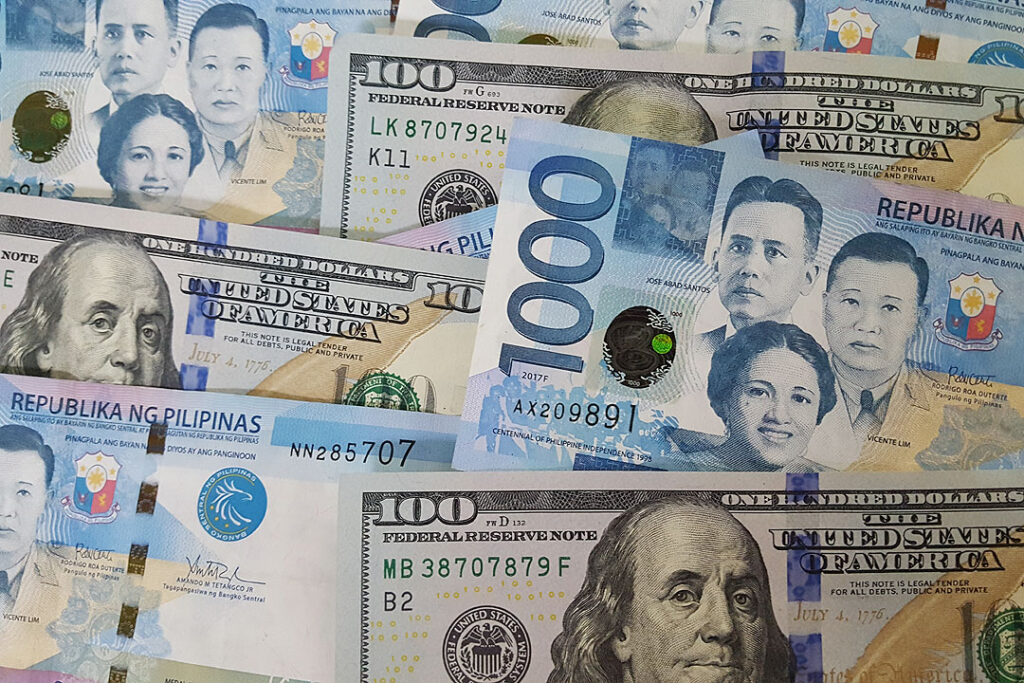Understanding the dollar-to-Philippine peso exchange rate is crucial for anyone involved in trading, investing, or planning travel between the United States and the Philippines. This article focuses on the current exchange rate offered by the Bank of the Philippine Islands (BPI) and provides insights into market trends, historical data, and factors influencing the currency pair.
What is the current dollar-to-Philippine peso exchange rate at BPI?
As of today, the dollar-to-Philippine peso exchange rate at BPI is 1 USD = 58.25 PHP. This official rate may vary slightly depending on the transaction type and any applicable fees.
Recent Trends in Currency Exchange
The exchange rate between the dollar and the Philippine peso has fluctuated over recent months, influenced by various economic factors. A few key trends have emerged:
- Economic Recovery: The recovery from the COVID-19 pandemic has been uneven worldwide, affecting currencies differently. Increased consumer spending in the U.S. has supported the dollar.
- Inflation Rates: In the Philippines, rising inflation has put pressure on the peso, causing it to depreciate against the dollar. As inflation rates continue to rise, the Philippine central bank may adjust interest rates, impacting the exchange rate.
- Interest Rates: The U.S. Federal Reserve’s decisions regarding interest rates significantly affect the dollar’s strength. Higher rates often lead to a stronger dollar, while lower rates may weaken it.
- Political Stability: Political events in both countries can create volatility in the exchange rate. Investors tend to favor currencies from stable political environments.
| Date | Dollar to PHP Rate | 1-Year Change (%) |
|---|---|---|
| January 2023 | 54.50 | +5.00 |
| February 2023 | 55.00 | +4.70 |
| March 2023 | 55.50 | +4.50 |
| April 2023 | 56.25 | +6.00 |
| May 2023 | 57.00 | +6.50 |
| June 2023 | 58.00 | +7.00 |
| July 2023 | 58.10 | +7.50 |
| Today (October 2023) | 58.25 | +7.80 |
How to Convert Dollars to Pesos at BPI
If you’re looking to convert U.S. dollars to Philippine pesos at BPI, the process is straightforward. BPI offers both over-the-counter exchanges and online services. Here’s how you can convert currencies easily:
- Over-the-Counter Transactions: Visit any BPI branch. Bring your valid ID and the amount of dollars you would like to exchange. The teller will provide you with the current exchange rate.
- Online Transactions: If you have a BPI account, you can log into the BPI online banking platform. Navigate to the foreign exchange services section, enter the amount you wish to convert, and complete the transaction.
- Exchange Fees: Be aware that BPI may charge transaction fees for currency exchanges. These fees can vary based on the amount exchanged and whether you’re using an online or physical branch.
| Method | Convenience | Average Fee (%) |
|---|---|---|
| Over-the-Counter | High | 1.5 |
| Online Banking | Very High | 1.0 |

Historical Perspective: Understanding the Exchange Rate Movements
To appreciate the current dollar to peso exchange rate, it is helpful to look back at historical data. Over the past year, the peso has seen a steady decline against the dollar. This trend began in 2022, where the exchange rate hovered around 51 to 54 pesos per dollar.
The steady weakening of the peso against the dollar can be attributed to several factors:
- Global Economic Conditions: Economic challenges and uncertainties in both the U.S. and global markets often dictate currency movements. For example, changes in trade policies or global supply chain disruptions can impact exchange rates.
- Local Economic Policy Responses: The Bangko Sentral ng Pilipinas (BSP) has been proactive in its monetary policy, yet inflation remains a concern. The BSP’s decisions on interest rates can either bolster or weaken the peso against the dollar.
- Natural Disasters and External Factors: The Philippines is susceptible to typhoons and other natural disasters that can disrupt economic stability and impact currency values.
Local Implications of Exchange Rate Fluctuations
The fluctuations in the dollar-to-peso exchange rate carry significant implications for various sectors:
- Import-Export Businesses: Businesses that rely on imported goods are affected when the peso weakens, leading to higher costs for imported materials. Conversely, exporters may find their products more competitive in foreign markets.
- Travel and Tourism: For travelers headed to the Philippines, a strong dollar means more purchasing power. Conversely, Filipinos traveling to the U.S. will find their pesos have less value.
- Remittances: Many Filipino families depend on remittances from abroad. Fluctuations in the exchange rate can influence the actual amount received once converted to pesos.
Future Outlook: Predictions for the Dollar to Peso Exchange Rate
Looking ahead, experts predict that the dollar-to-peso exchange rate will remain volatile due to evolving economic indicators. Key factors to watch include:
- U.S. Federal Reserve Actions: Changes in Federal Reserve policy will affect dollar strength.
- Philippine Economic Recovery: Growth in the local economy could strengthen the peso if inflation is controlled and investment returns.
- Global Events: Geopolitical tensions or pandemics can lead to sudden shifts in currency values.
As of now, market analysts suggest that the exchange rate could fluctuate between 57 to 60 pesos per dollar in the coming months, depending on the aforementioned factors.
In summary, the dollar-to-Philippine peso exchange rate at BPI is currently at 58.25, reflecting broader economic patterns and local conditions. Understanding these dynamics provides valuable insight for investors, travelers, and businesses alike, emphasizing the importance of staying informed about currency trends and economic developments.

